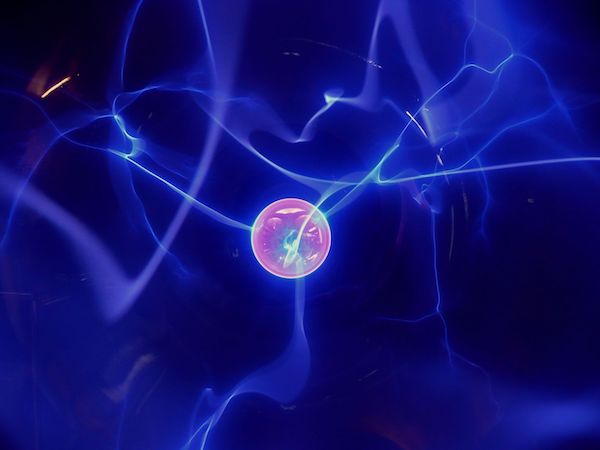
2018-7-21 14:49 |
The wonderful concepts of Darwinian evolution and survival of the fittest not only apply in the world of flora and fauna, but also in the industries of blockchain technology and cryptocurrencies. Crypto projects that forget that blockchain technology evolves faster than a speeding bullet will find themselves obsolete for other up and coming projects will offer a similar solution but in an efficient manner. This is where Ethereum (ETH), Tron (TRX) and Zilliqa (ZIL) come in.
The Ethereum (ETH) platform has been proven to have security vulnerabilities as well as scaling issues. In the case of security, the Parity incident will forever be used to reference how one user can lock away indefinitely, millions of ETH in a smart contract. In the case of scaling, the Ethereum platform currently only handles 25 transactions per second. A fact that has caused the network to slow down when a new ETH DApp becomes popular such as the famous crypto-kitties.
The security vulnerabilities on the ETH platform are being solved by the teams at both the Tron (TRX) and Zilliqa (ZIL) projects. Tron uses the Java programming language whilst Zilliqa has come up with its own Scilla programming language that was created with smart contract security in mind. The Tron network currently does 2,000 tps (transactions per second) with the ZIL’s testnet currently capable of 2,828 tps with only 6 shards.
Now this is where the Ethereum platform has to evolve or it will die a natural death. There are currently three scalability solutions being explored on the ETH network: sharding, raiden and plasma. The concept of sharding allows for nodes and transactions to be divided into smaller groups rather than having the entire network to validate the transaction. This is the same concept currently being used in the Zilliqa platform.
Raiden is another method of increasing the throughput of the ETH network by scaling it off-chain using state channel technology. Off-chain transactions allows a collection of nodes to establish payment channels between each other to facilitate transactions without involving the Etherem network. The off-chain transactions are cheaper because fees are only paid to forward transactions between nodes.
Plasma on the other hand, uses a series of smart contracts to create hierarchical trees of sidechains. The sidechains can be governed using thier own set of rules and only relay information back to the parent chain of Ethereum.
Perhaps it is the possibility of these scalability solutions on the Ethereum network, that lots of crypto-enthusiasts are still bullish about ETH in the crypto-marekts. Similar sentiments have been echoed by the CEO’s of Circle, Coinbase and other major Crypto firms.
Circle co-founder and CEO, Jeremy Allaire had this to say about ETH:
One of the things that really catalyzed the [cryptocurrency] market last year was actually that Ethereum, in particular, kind of got to a place where you could build apps on top of it. You could issue new tokens on top of it; you could create new kinds of financial contracts, using the smart contracts technology. It also catalyzed a lot of competing infrastructures to Ethereum.
With the crytpo and blockchain industry still in its infancy, we will continue to see the evolution of projects as the need for faster and secure blockchain solutions arise. As a result, only the fittest crypto projects in the crypto-verse will survive and at the benefit of the end user and/or investor.
Disclaimer: This article is not meant to give financial advice. It is an opinion piece. The opinion herein should be taken as is. Please carry out your own research before investing in any of the numerous cryptocurrencies available.The post Can Ethereum (ETH) Triumph over Tron (TRX) and Zilliqa (ZIL) with its own Sharding and Plasma? appeared first on Ethereum World News.
origin »Ethereum (ETH) на Currencies.ru
|
|






















